Twentieth-century Europe unleashed an unprecedented destructive violence upon itself. Hundreds of cities were shelled, mortared, incendiary-bombed, and fought over. Bell towers were toppled, cathedrals were leveled, draperies and town halls were shattered, and streets were so devastated that paths could no longer be discerned under the precipices and ravines of the rubble. From the French port of Saint-Nazaire in the west to Stalingrad in the east, the streets and squares, towns and cities of Europe had never been more devastated by conflict.
What phoenix would rise from the ashes? British planners were certain. Cities had to be redesigned. JB Priestley, who visited the beautiful medieval city of Coventry in 1934, found it so charming that he wrote, “it might have been transported to Italy.” The Luftwaffe damaged two-thirds of the city’s buildings and destroyed 4,300 houses. Coventry’s city architect, Donald Gibson, was pleased. “The bombs,” he wrote, “were a blessing in disguise.” They went on to destroy most of the city’s remaining medieval buildings. Coventry no longer resembles Italy.
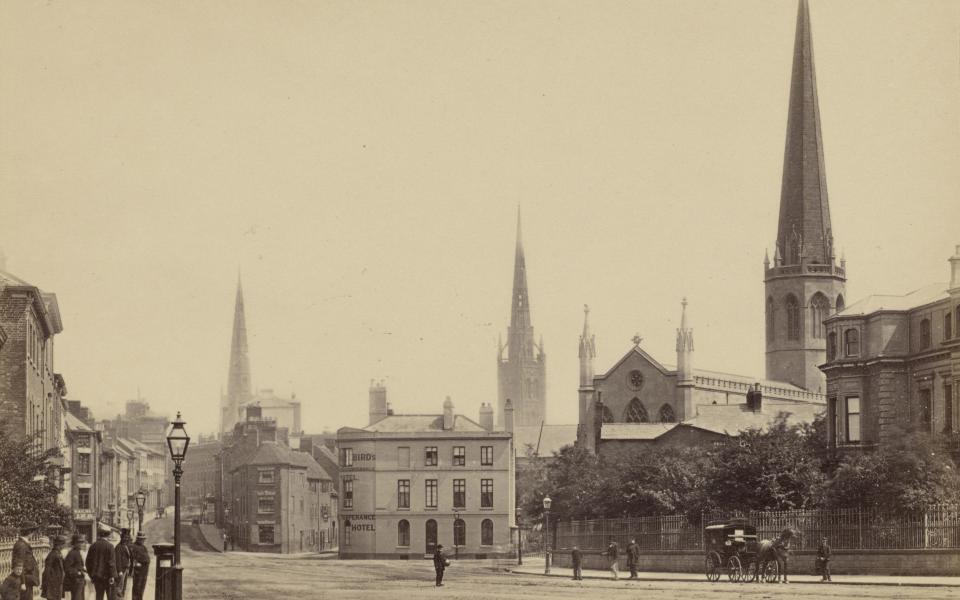
Many people assume that the British post-war response was standard. It was not. The British tendency to tear down and rebuild was an anomaly, not the norm. Across Europe, streets were often recreated where they had previously been, and buildings were rebuilt either as they were or in a simplified version. This organic approach was quicker, cheaper, and allowed citizens to retain their sense of home and history. And it continues to this day.
Today, we visit many of these towns and cities as tourists, often unaware that their “historical” streets are only a lifetime old. Three such recreated cities worth seeing are Warsaw, Dresden and Budapest.
Eighty-five percent of Warsaw was destroyed in World War II, reducing the population from one million to a few thousand. The Polish government agreed to move the capital to Lodz and abandon the city. Two officials, Stanislaw Lorentz and Jan Zachwatowicz, argued that rebuilding Warsaw was “the final act of victory in the struggle against the enemy.” Using 18th-century paintings by Canaletto’s student Bernardo Bellotto as a guide, meticulous reconstruction was approved in February 1945, before the war ended, and began immediately. The surviving population was the workforce. “How did the postwar government respond to this?” I asked a senior Polish official whose mother had worked in the reconstruction when I first visited him a decade ago. “That’s a very Western question. People were given bricks and food and they set to work,” he replied.
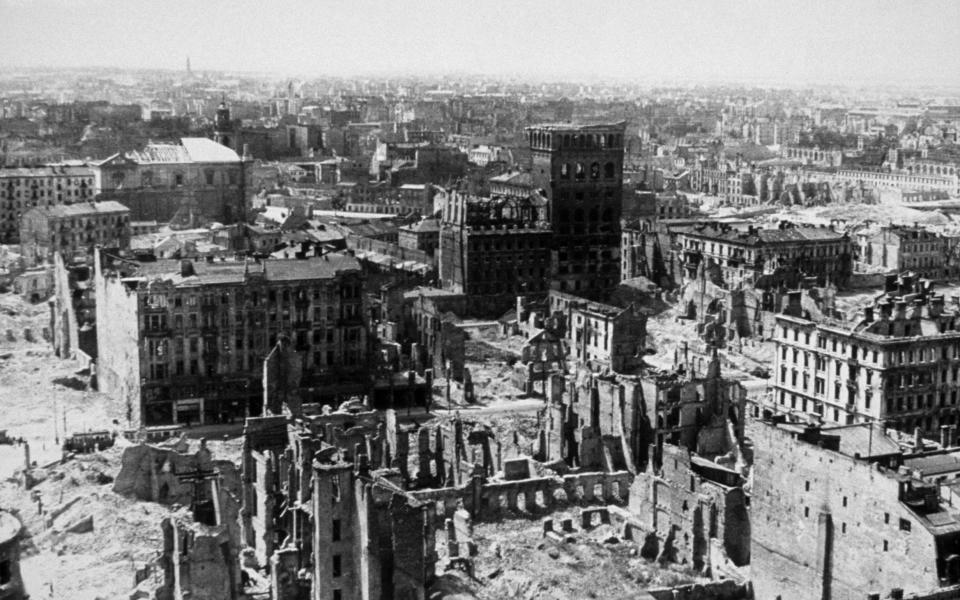

For many, it was the work of a lifetime. The town square, the surrounding streets, the city walls and finally the Royal Castle were rebuilt brick by brick, buttress by buttress, over a period of 40 years. In 1980, Unesco added the (new) Old Town to its World Heritage List. The Jablonowski Palace was only completed in 1997. When President Biden gave a speech in front of the Royal Castle a month after Russia invaded Ukraine, choosing it as a symbol of timeless freedom and culture, how many in his global audience knew that the building was less than 40 years old?
Dresden’s modern renaissance is equally remarkable. A city that was not even worth visiting 30 years ago is reinventing itself as Florence on the Elbe. Dresden’s burning in 1945 is infamous. In the final months of the war, 1,299 Allied bombers leveled a city of baroque beauty. Most symbolically, one of Europe’s largest churches, the Frauenkirche, or Church of Our Lady, burned for two days and two nights before collapsing.
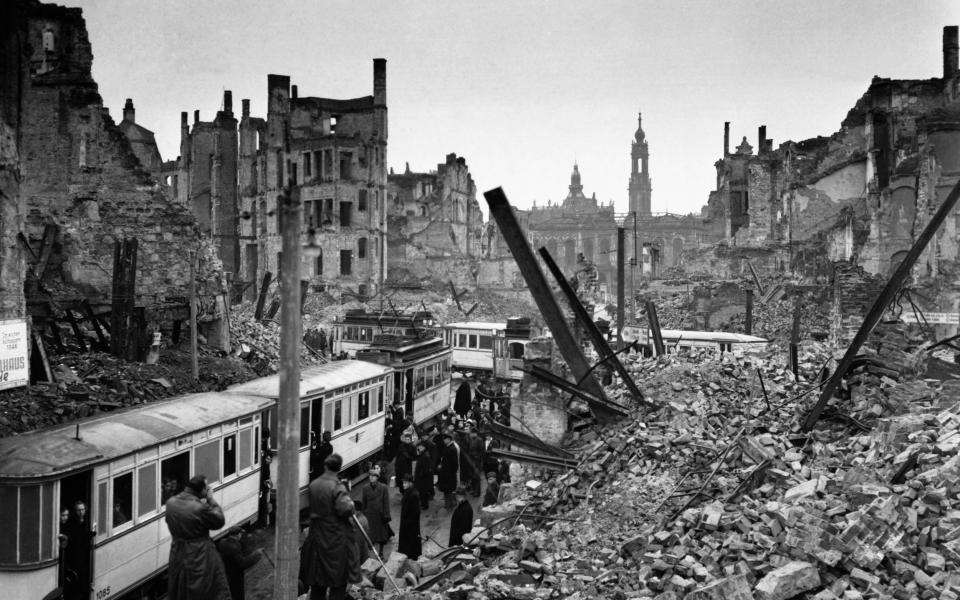

The lesser-known sequel is the city centre, which remained empty for years. The first redevelopment was ugly and streetless. But people wanted their city back. And even under communism, they started to get it back. The Zwinger palace and gardens were recreated in 1963. The Semper opera house reopened in 1985. Restoration accelerated with the reunification of Germany. Dresden residents collectively called for the re-creation of the Frauenkirche and the entire city centre, which they had lost. The architects objected, but the will of ordinary people was overwhelming. More than 13,000 donors from around the world (the British are reported to be the second largest donors) gave £90 million to what was called the “Dresden miracle”. On 30 October 2005, the bells of the re-created Frauenkirche rang for the first time in 60 years. Many visitors wept with joy. Tragically, the golden cross crowning the vast dome was forged by Alan Smith, an English silversmith whose father flew one of the RAF bombers in the Dresden raid. Sometimes history takes a long time to get to the right place. The city streets around the dome are now rediscovering their historic forms. All the baroque buildings that citizens and tourists flock to are modern.
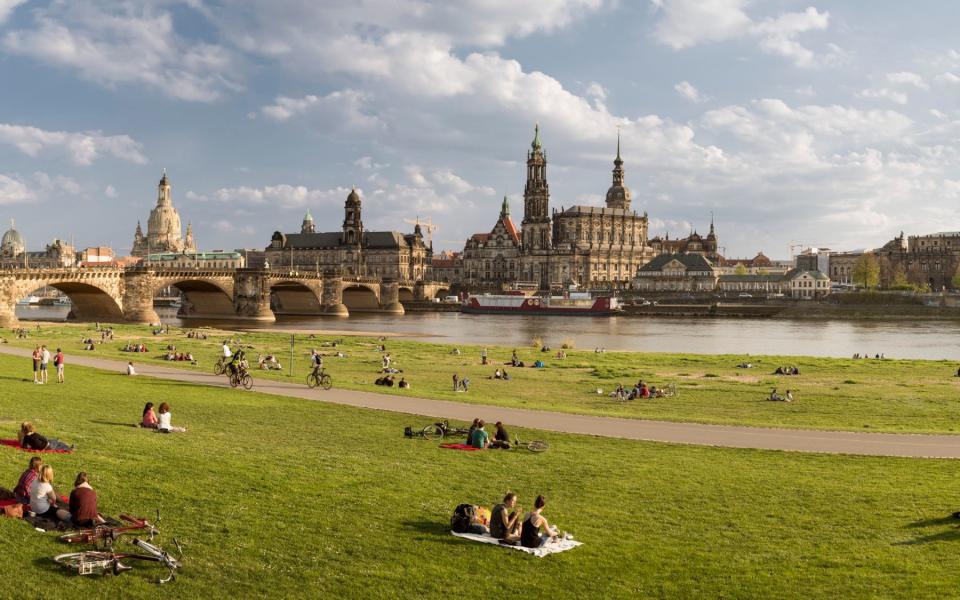

Much of Budapest, including the totemic Chain Bridge on the west bank of the Danube and Buda Castle, was mostly destroyed in the city’s 1944-45 siege. You wouldn’t know that now. The Chain Bridge was recreated in 1949. In the 1950s and 1960s, the medieval ramparts were rebuilt, complete with towers, walls, gatehouses and the Gothic wing of the Royal Palace. Other interventions were less happy.
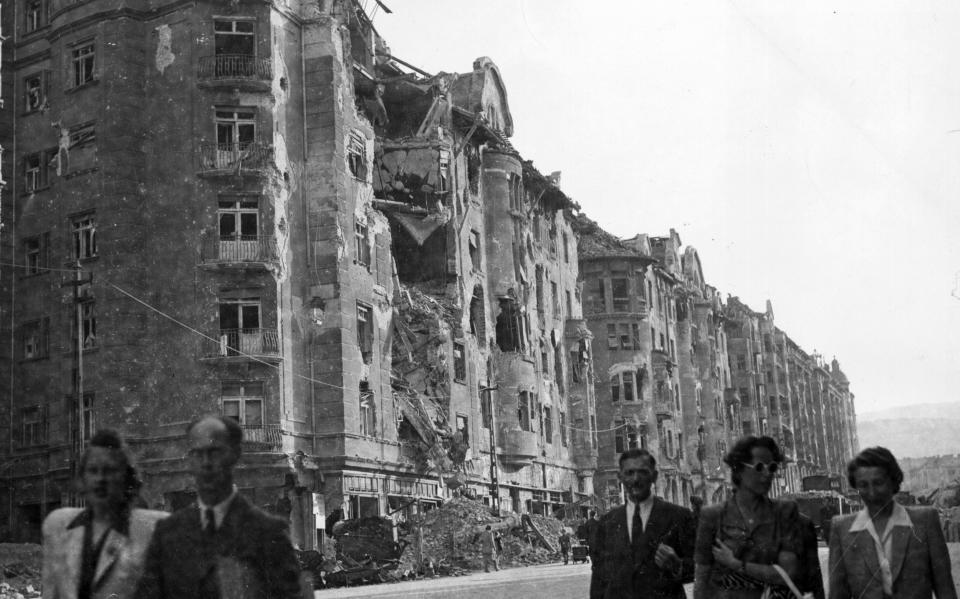

The palace’s baroque interiors had partially survived the war, but the royal prerogatives had been largely destroyed. Nevertheless, in 1987, UNESCO was able to declare Buda Castle a World Heritage Site, despite the fact that much of it was new. Since then, under Hungary’s controversial Prime Minister Viktor Orban, the policy of reconstruction has continued, with the rebuilding of vast new baroque palaces destroyed in the war: the Royal Riding Hall and the Castle Guards’ Barracks have been completed.
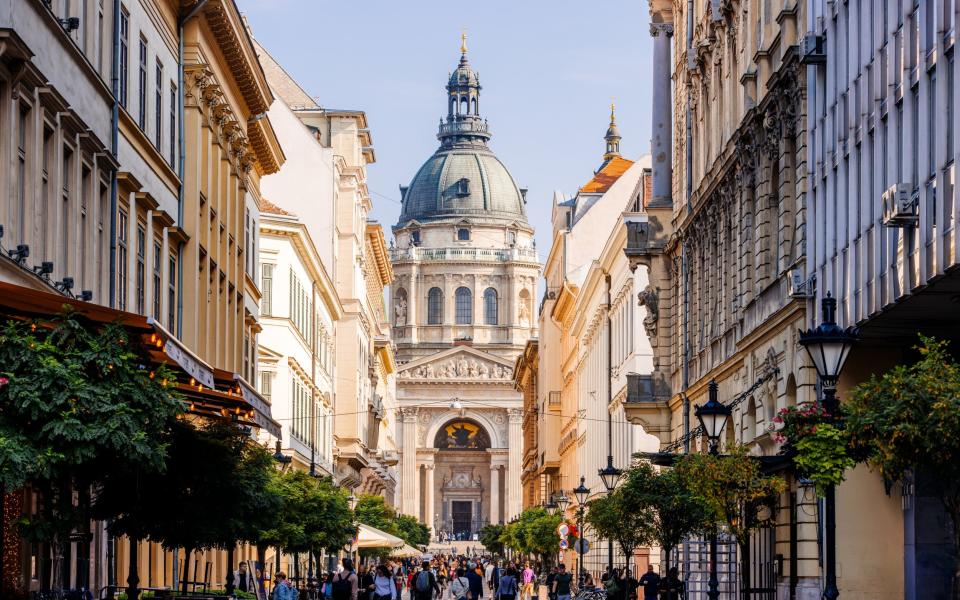

The vast Archduke Joseph Palace follows. The last tourists are swooning. But if you want to enjoy a recreation of pre-war Budapest, you may want to leave soon. There are sinister plans to build a city of skyscrapers on the other side of the Danube. For now, you can enjoy an unspoiled Habsburg skyline – but for how long?
Nicholas Boys Smith is the founding chairman of Create Streets. The history of London’s streets, No Free ParkingAvailable from Bonnier Books.